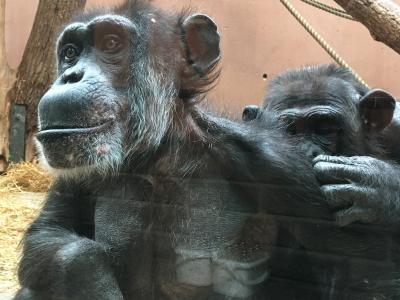Introduction

The sense of taste is important in order to determine if for example a food sourse is worth eating or not, or maybe if it is harmful or not. The mammalian sensory system of taste is able to detect five different elements of taste due to the taste buds that are found on the tongue. The five elements of taste are: bitter, salty, sweet, umami and sour, and in this study I focused on the taste of sweet.
Carbohydrates are perceived as sweet by humans and also represent a major sourse of metabolic energy for many species, including primates. To optimize the energy yield you have to be able to discriminate between different sugar concentrations in order to select the food item that contain a higher sugar content.
Fruits contain a variety of soluble carbohydrates, although sucrose and its monocaccharide components fructose and glucose are usually quantitatively predominant and may account for more than 90% of total sugar content. Milk, as the first diet in the life of mammals, contains considerable amounts of lactose, ranging from 6 to 9g per 100ml in primates. Maltose, is only rarely present in plant material in free form but originates from enzymatic degradation of starch during mastication and thus contributes to the taste sensation while an individual is feeding on starch-containing plants.
In order to understand the mechanisms underlying the sense of taste, comparative studies of taste perception are an important tool. Primates are a particularily suitable order of mammals for this purpose, as they comprise a large variety of dietary specializations, and the composition of food is commonly thought to affect the taste perception of a given species.
Chimpanzees, the animal that I studied, include a large porportion of fruit into their diet, which is 63-76% of their annual diet in the wild. Therefore are chimpanzees considered as a frugivorous species.
Aims
The aims of this study were:
1. To assess the relative taste preference of adult western chimpanzees for the five carbohydrates: sucrose, fructose, glucose, lactose and maltose.
2. To determine the taste difference thresholds of sucrose, which is the smallest intensity difference of sucrose that an animal is able to detect.
3. To compare the results of this study to those reported in other species of primates and non-primate mammals.
Responsible for this page:
Director of undergraduate studies Biology
Last updated:
05/19/18
